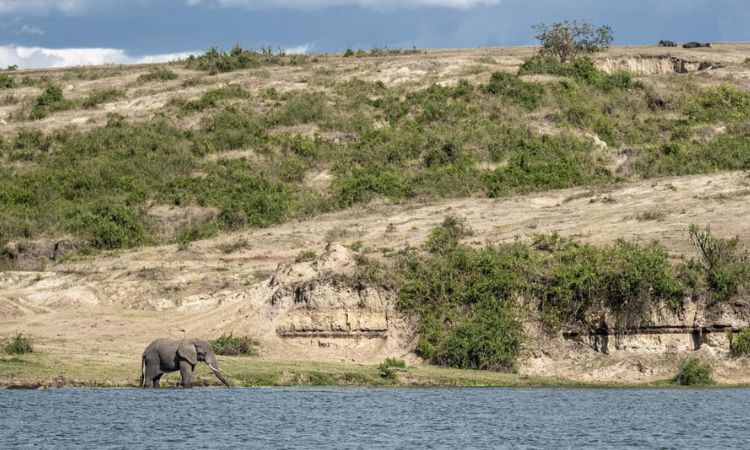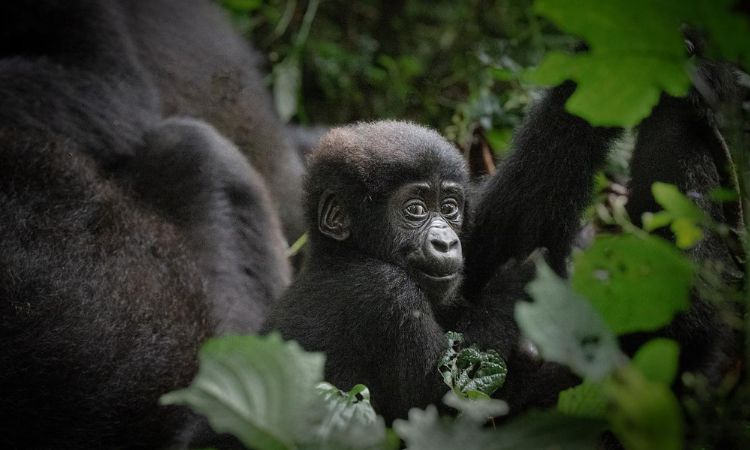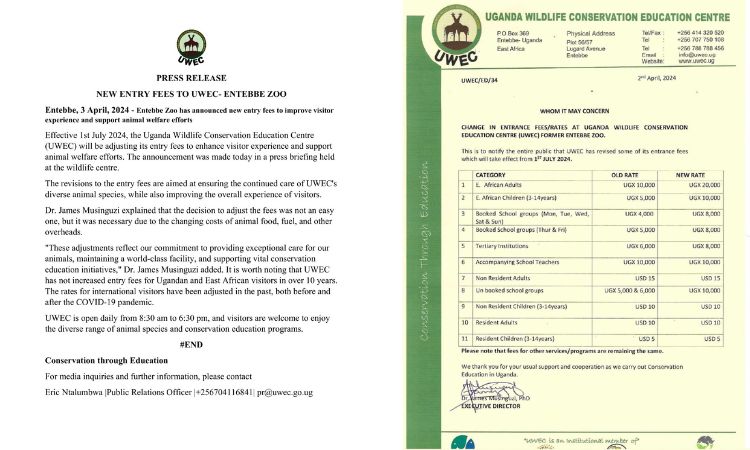Lifespan of a Lion: From Majestic Pride to Twilight Years
Lions, often hailed as the kings of the jungle, embody raw power, social complexity, and untamed grace. Yet, beneath their iconic manes and thunderous roars lies a poignant truth: their lives are fleeting, shaped by the harsh rhythms of survival in the wild or the sheltered routines of captivity.
The average lifespan of a lion varies dramatically depending on its environment—in the wild, it’s typically 10-14 years, while in captivity, it stretches to 20 years or more.
This disparity isn’t just a statistic; it’s a window into the brutal realities of nature versus the interventions of human care.
Life in the Wild: A Relentless Struggle for Survival
In the sun-scorched savannas of sub-Saharan Africa, where lions, also scientifically called Panthera leo, reign over prides in places like the Serengeti or Murchison Falls National Park, life is a high-stakes gamble.
The average wild lion lives 10-14 years, but this figure masks a grimmer reality: many don’t survive infancy. Cubs face staggering mortality rates—around 50% perish before age two, often due to infanticide by incoming males, starvation during droughts, or predation by hyenas and leopards. Those that make it to adulthood embody resilience, but the wild offers no reprieve.
Males, with their luxurious manes signaling dominance, endure shorter lives: 8-12 years on average. At around two to three years old, young males are ousted from their natal pride, embarking on nomadic coalitions to challenge established coalitions for territory and mates.
These battles are ferocious—claws raking flesh, fangs tearing tendons—leaving scars that fester into fatal infections. A displaced male, once dethroned, often starves, unable to reclaim prime hunting grounds without risking death.
The oldest recorded wild male, Loonkito from Kenya’s Amboseli ecosystem, defied the odds at 19 years, monitored by the Lion Guardians conservation group until his peaceful passing in 2021. His longevity stemmed from minimal human conflict and a supportive coalition, but such stories are rare.
Female lions fare better, averaging 12-16 years, as they remain in their birth pride, cooperating in hunts and cub-rearing. Lionesses form the pride’s backbone, using teamwork to fell zebras or wildebeest, but even they succumb to threats.

Tooth wear from years of carcass-crunching leads to starvation; parasites like ticks and worms weaken immune systems; and diseases such as canine distemper, spread from domestic dogs, ravage populations.
Human encroachment exacerbates this—snaring for bushmeat, retaliatory killings by herders, and habitat loss fragment prides, isolating individuals and reducing genetic diversity.
The wild lion’s life unfolds in phases. Birth brings a litter of 2-4 cubs after a 110-day gestation, hidden in dense thickets for six weeks. Weaning at six months introduces solid foods, but communal nursing among lionesses boosts survival.
By two years, cubs join hunts, learning stealth and strategy. Adulthood peaks in the pride’s core years (ages 5-10), where males sire offspring and females nurture the next generation.
Senescence creeps in subtly: slower reflexes, faded manes, and receding territories signal vulnerability. An old lion, once feared, becomes a ghost on the fringes, scavenging scraps until the end.
This brevity underscores evolution’s trade-offs. Lions prioritize reproduction over longevity—females can bear litters every two years, ensuring genetic propagation despite high juvenile mortality. In essence, the wild lifespan reflects a predator’s precarious throne, glory in the hunt, peril in the pride.
Life in Captivity: Extended Years, Altered Existence
Contrast the wild’s gauntlet with captivity’s cocoon. In accredited zoos like those under the Association of Zoos and Aquariums, lions thrive on veterinary care, balanced diets, and predator-free enclosures, pushing lion lifespan to 20-25 years.
The record belongs to Arjun, an Asiatic lion at India’s Animal Rescue Centre, who reached 29 years before his death in 2016—never tasting wild air.
Zenda, a Philadelphia Zoo resident, followed at 25, her longevity bolstered by enrichment programs mimicking savanna stimuli.
Lifespan of a lion in captivity begins with higher cub survival—over 90% in well-managed facilities—thanks to neonatal monitoring and formula supplements.

Juveniles romp in spacious enclosures with climbing structures and puzzle feeders, fostering natural behaviors. Adulthood brings routine: hormone checks, dental cleanings, and joint supplements stave off age-related decline. Males avoid fatal fights through managed introductions, while females enjoy stable “prides” without nomadic exile.
Yet, captivity isn’t paradise. “Zoochosis”—stereotypic behaviors like pacing or self-mutilation—stems from confined spaces and boredom, shortening some lives despite medical interventions.
Obesity from calorie-rich diets and limited exercise can trigger heart disease; chronic stress elevates cortisol, accelerating aging.
Enrichment—scent trails, frozen blood pops, or mirror “intruders”—mitigates this, but ethical debates rage: is a long, caged life preferable to a short, free one?
Phases in captivity echo the wild but soften edges. Cubs wean under watchful eyes; adolescents play without peril; adults breed selectively for conservation.
Elders receive palliative care—pain meds for arthritis, soft foods for worn teeth—extending twilight years. Salteña, a rescued circus lioness at Minnesota’s Wild Cat Sanctuary, lived to 22, her final days enriched by open-air roaming. Thus, captivity trades freedom for longevity, fueling breeding programs for endangered subspecies like Asiatic lions.
Factors Shaping a Lion Lifespan
What determines if a lion roars into old age or fades early? Genetics play a role—robust prides with diverse lineages resist inbreeding depression—but environment dominates.
In the wild, nutrition is paramount. Scarce prey during droughts halves survival odds; a lion with broken canines starves despite herds nearby.
Disease vectors, amplified by climate change, claim cubs en masse. Human-lion conflict—over 500 lions killed annually in Africa—clips lives short. Female lions outlive males due to less aggression, but nomadic coalitions sometimes extend male tenure.
Captivity’s boons—vaccinations, deworming—counteract threats, but pitfalls lurk. Poor husbandry leads to shorter spans; AZA standards ensure averages hit 20+. Gender persists: females edge out males slightly, unburdened by mane-maintenance energy costs.
Across both realms, maturity markers signal aging. Cubs sport spots until two; manes darken by five. Wild lions gray at eight; captives show arthritis by 15. Reproduction wanes post-10, with females entering menopause around 15.

Conservation Implications: Prolonging the Pride
Lions’ truncated wild spans threaten their future—populations plummeted 40% in 20 years, numbering under 25,000.
Initiatives like Kenya’s Lion Guardians use tracking collars to avert conflicts, boosting lifespans indirectly. Captive breeding—over 200 lions in AZA facilities—bolsters genetics for rewilding, though translocation risks recapture trauma.
Climate models predict hotter, drier habitats shrinking ranges, compressing lifespans further. Solutions? Community conservancies, like Namibia’s, compensate herders for losses, fostering coexistence.



